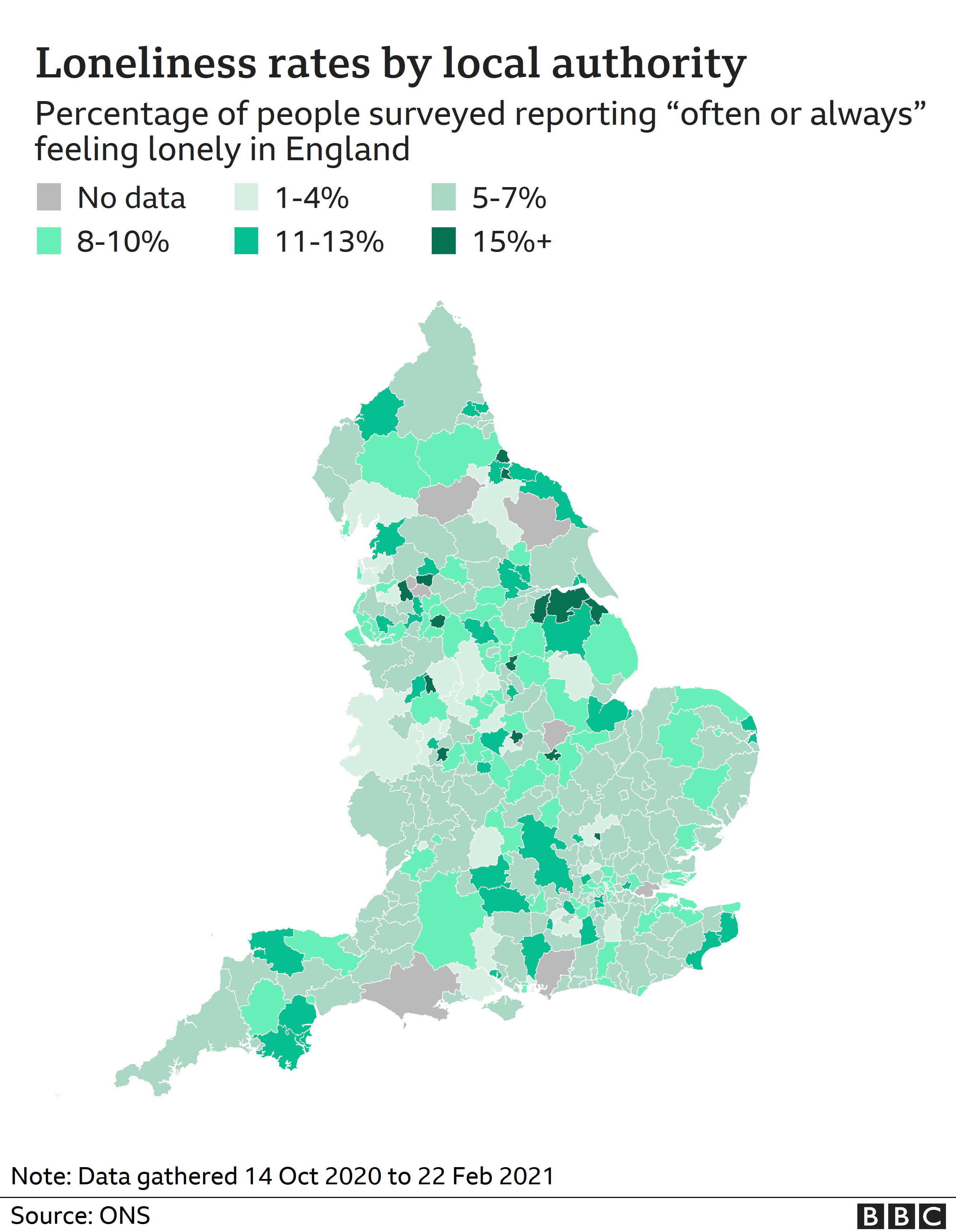
It is well accepted that the three-item UCLA Loneliness Scale (described later in this chapter) captures loneliness-a subjective self-reported measure. tend to be based on more subjective questions, whereas social network indices primarily use more objective measures” (p. The researchers examined 54 measurement instruments and found that “tools explicitly designed for measuring loneliness. Because of the variability in existing measurement tools for social isolation and loneliness, Valtorta and colleagues (2016b) suggested that these tools can be classified along two dimensions: whether the measure looks at the structural or the functional aspects of social relationships and the degree of subjectivity required by respondents (see Figure 6-1). However, measures that encompass elements of both social isolation and loneliness or, more broadly, social connection could be advantageous in clinical settings as they may probe both concepts, which would be more efficient, and they could possibly provide a stronger clinical signal.

Including the trajectories of these changes and their clinical relevance. Social support: the actual or perceived availability of resources (e.g., informational, tangible, emotional) from others, typically one’s social network. Social isolation: the objective lack of (or limited) social contact with others.

Social connection: an umbrella term that encompasses the structural, functional, and quality aspects of how individuals connect to each other. Moderators: the factors that can influence the magnitude or direction of the effect of social isolation or loneliness on health. Mediators: also known as mechanisms or pathways the factors that help explain how social isolation or loneliness affects health outcomes. Loneliness: the perception of social isolation or the subjective feeling of being lonely.
#RATE LONELY SCREEN SERIAL#
This underscores the need for serial testing to better ascertain changes over time, In addition, in both research and clinical settings social isolation and loneliness may fluctuate over time. When examining social isolation and loneliness in research, a number of tools capture elements of both social isolation and loneliness, which may obscure differences between these two concepts. The concepts of social isolation and loneliness have been defined in different ways (see Chapters 1 and 2), which has led to some variability in how these concepts are measured. MEASUREMENT OF SOCIAL ISOLATION AND LONELINESS Given the complexity of the terminology used in relation to social isolation and loneliness, a reminder of key definitions is provided in Box 6-1. Chapter 7 will discuss the application of these tools in clinical settings. (See Chapter 9 for more on interventions.) This chapter will examine the use of different tools related to social isolation and loneliness primarily in the research setting, and it will explore research on the use of information technology to identify individuals at risk for social isolation and loneliness. More recently, there has been a focus on using these tools to assess the effectiveness of interventions by using measures of social isolation and loneliness as outcomes. Research using these tools has focused on defining the prevalence, the risk factors, and the health impacts of social isolation and loneliness.

Many measurement tools exist to assess social isolation and loneliness (and other related concepts), but to date most of the established and widely implemented tools have been developed for research purposes. Assessment of Social Isolation and Loneliness in Research


 0 kommentar(er)
0 kommentar(er)
